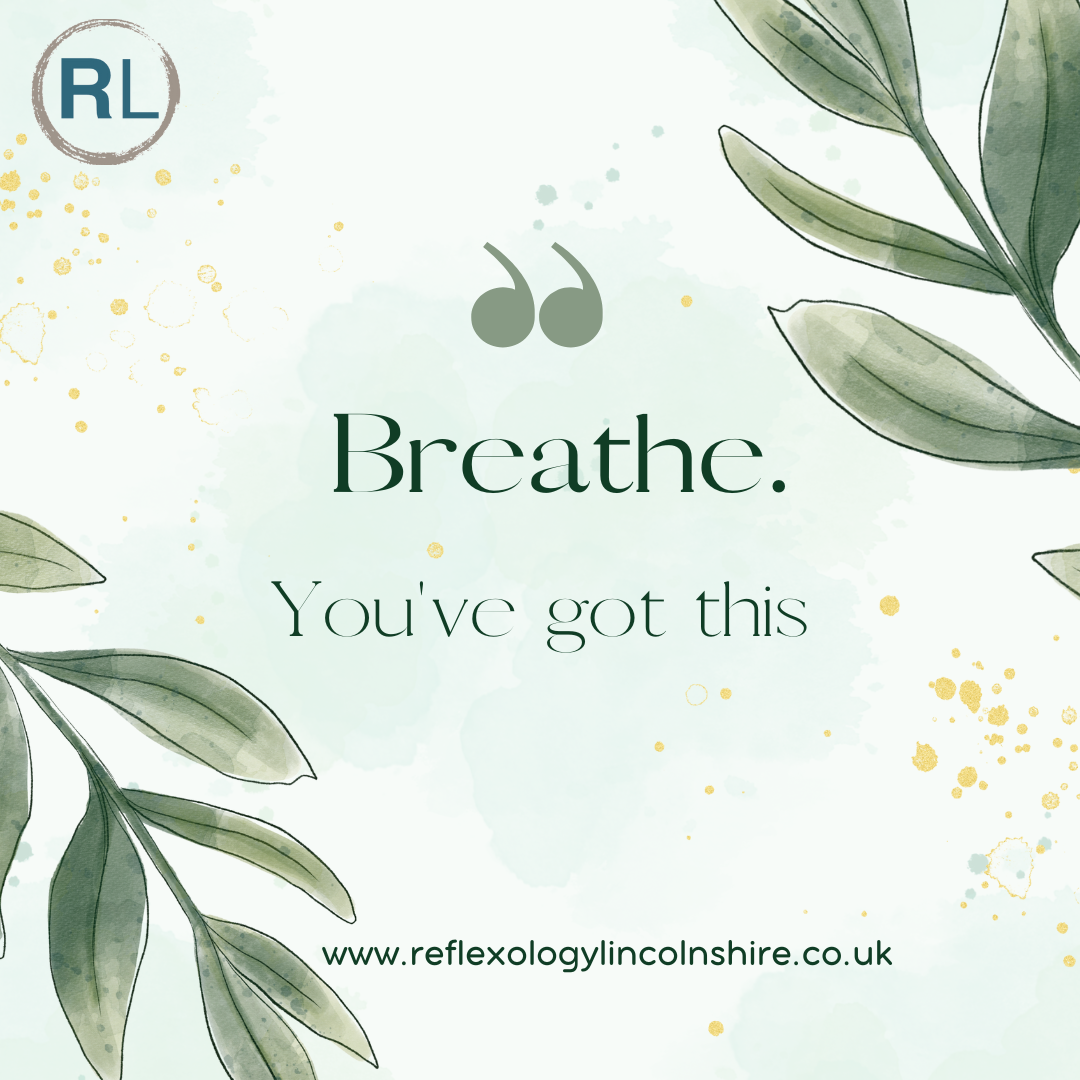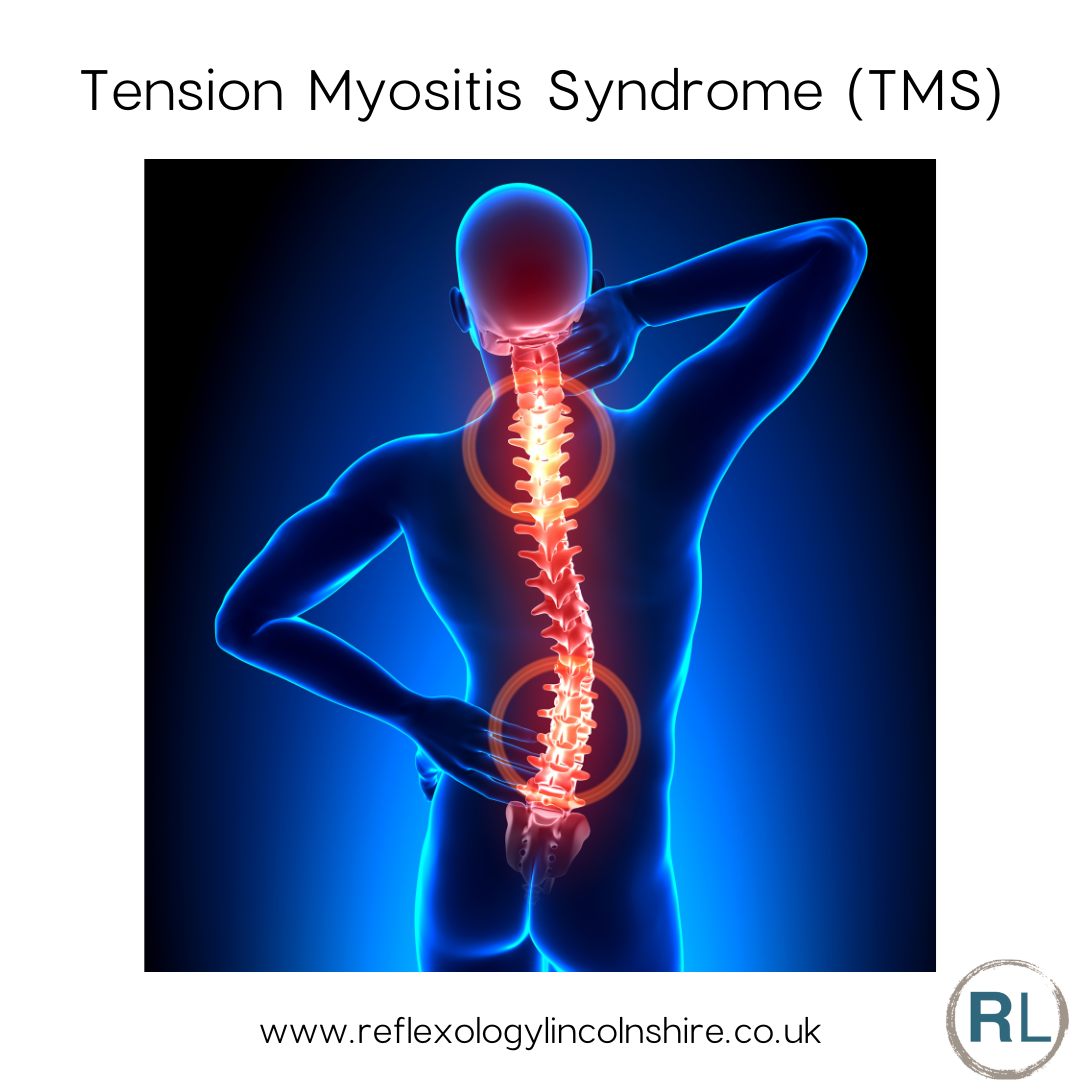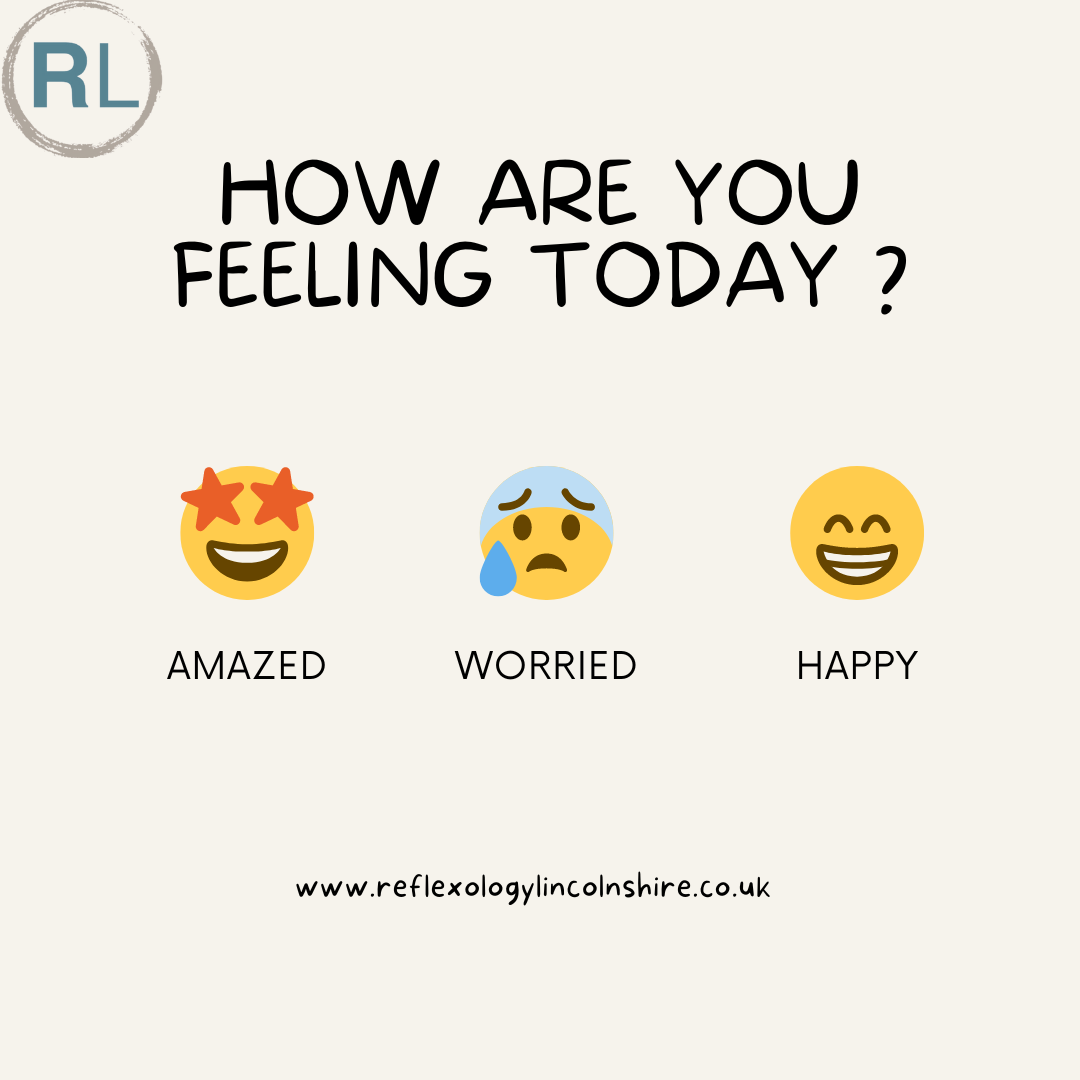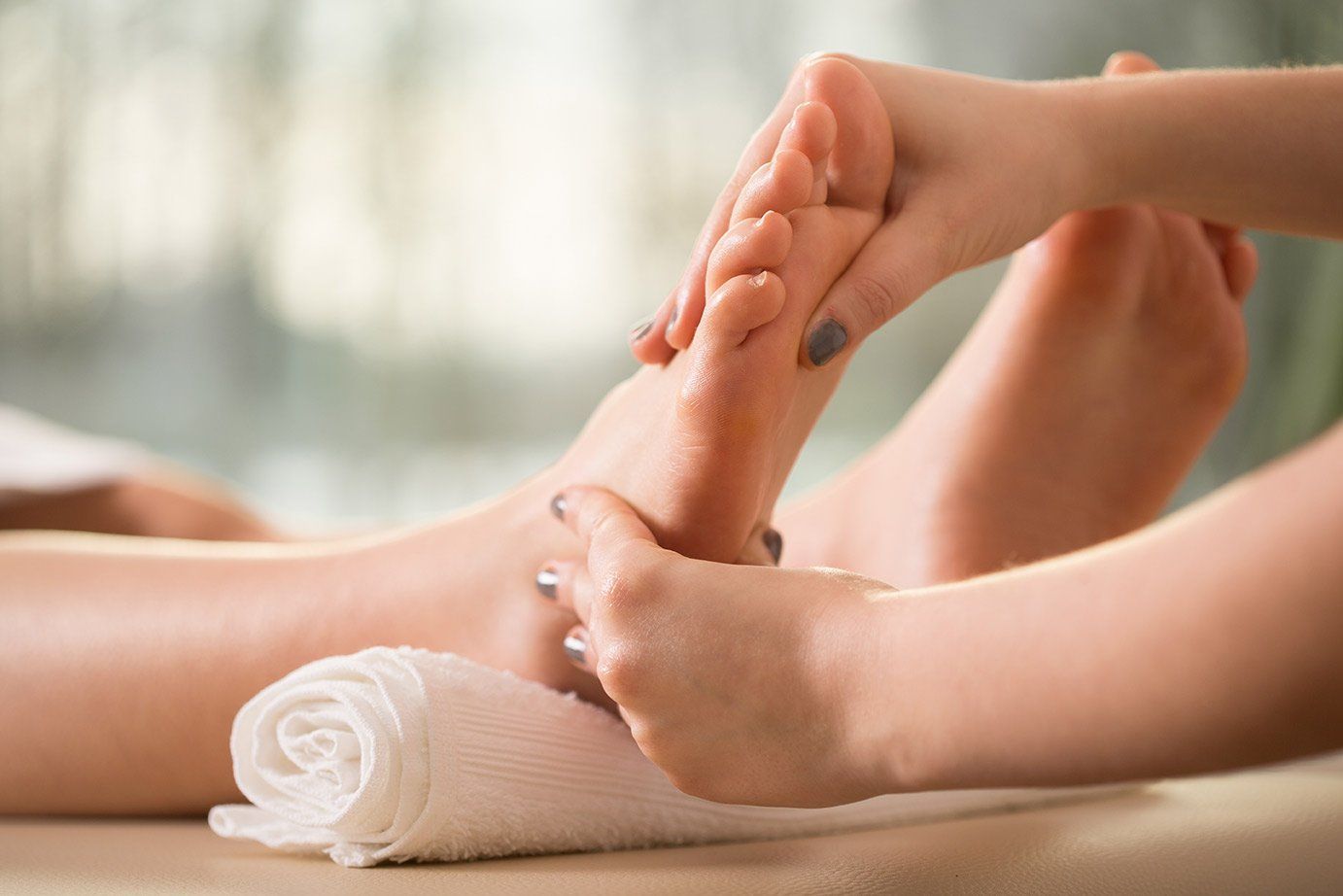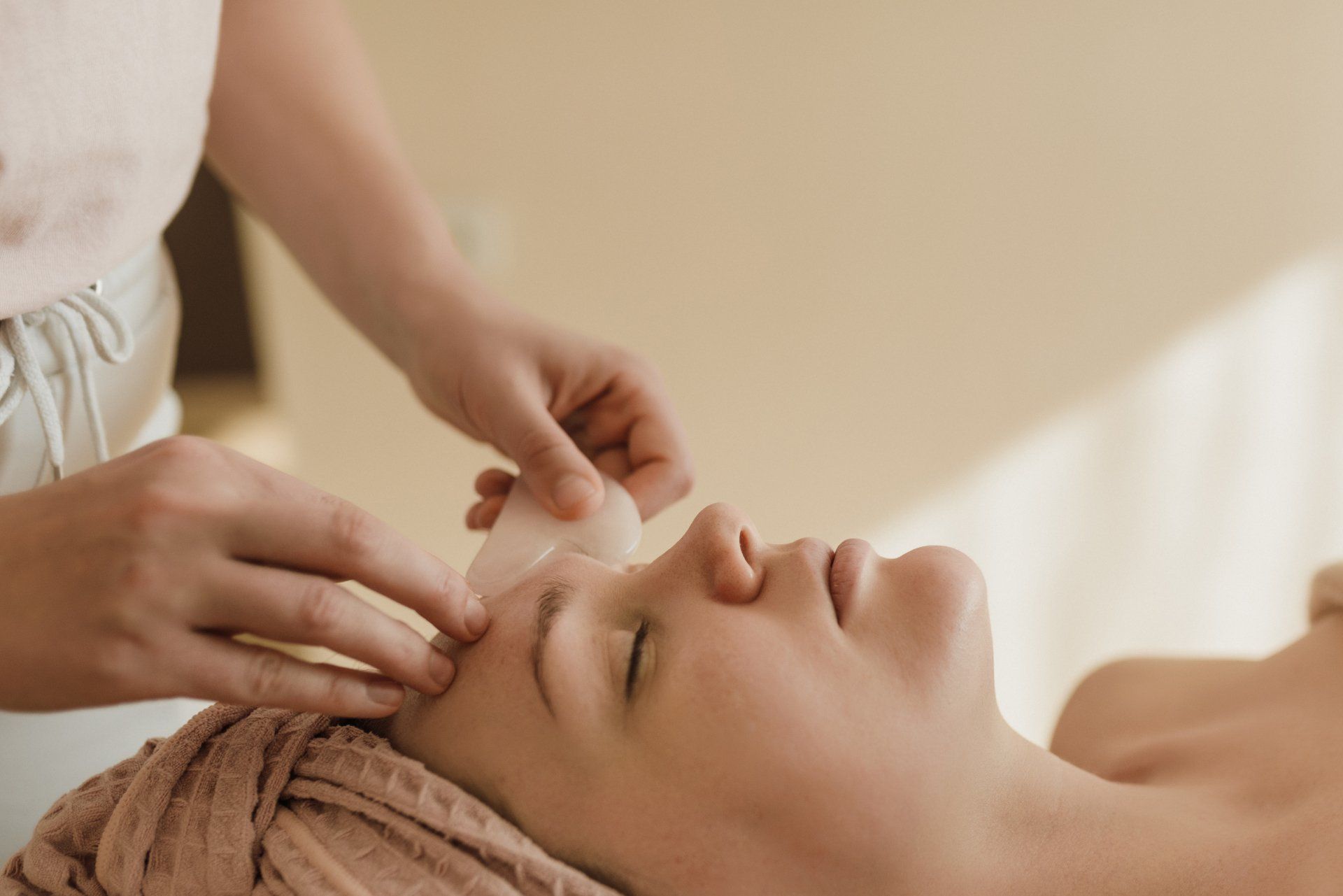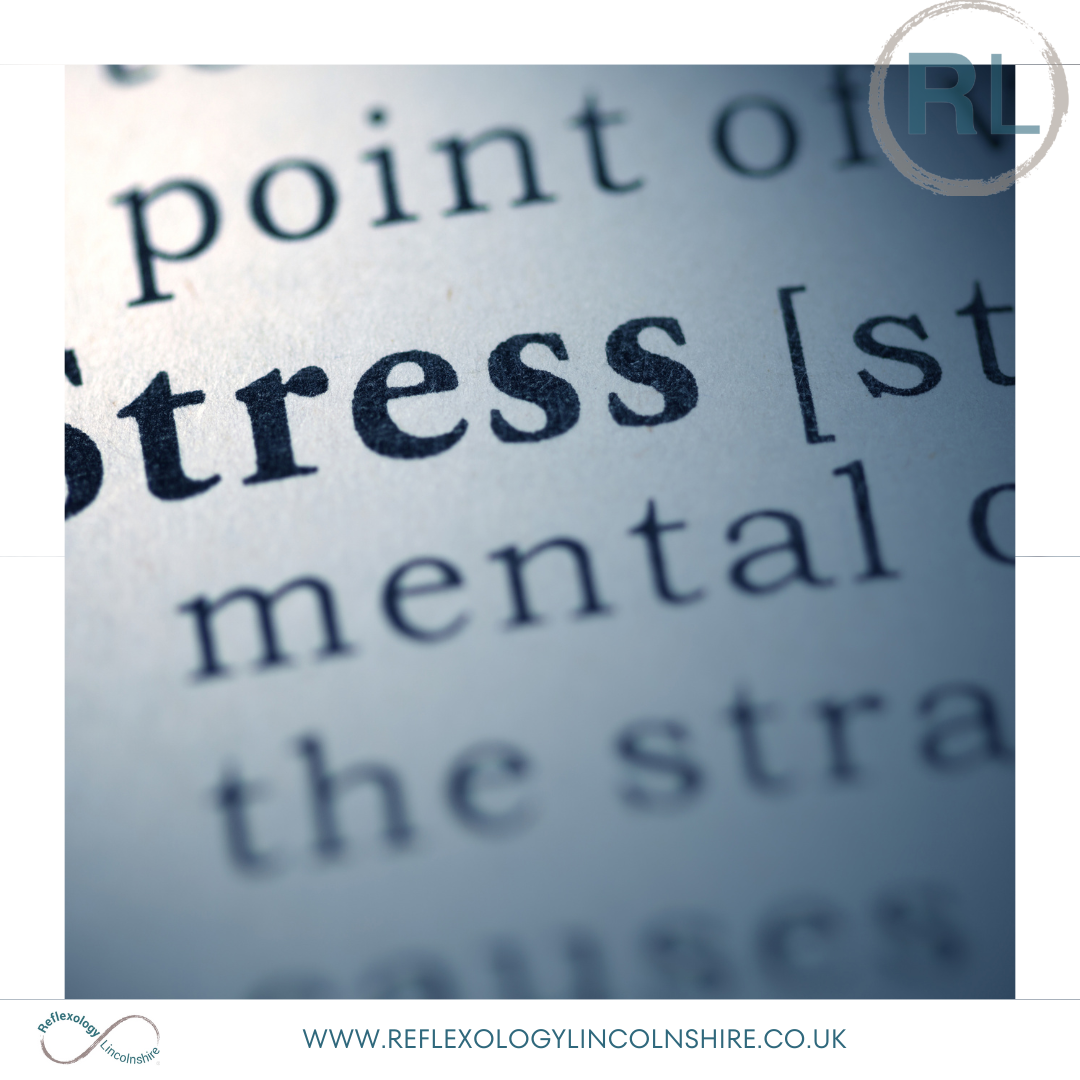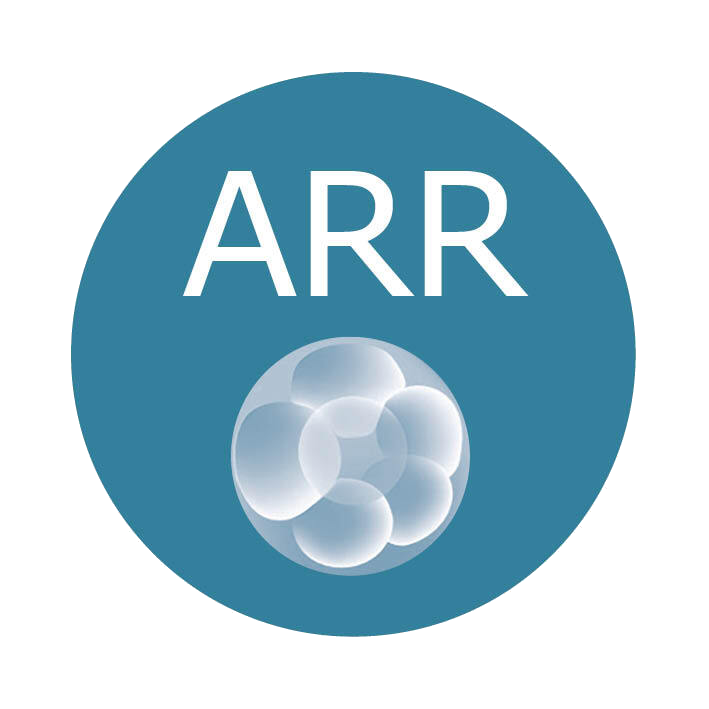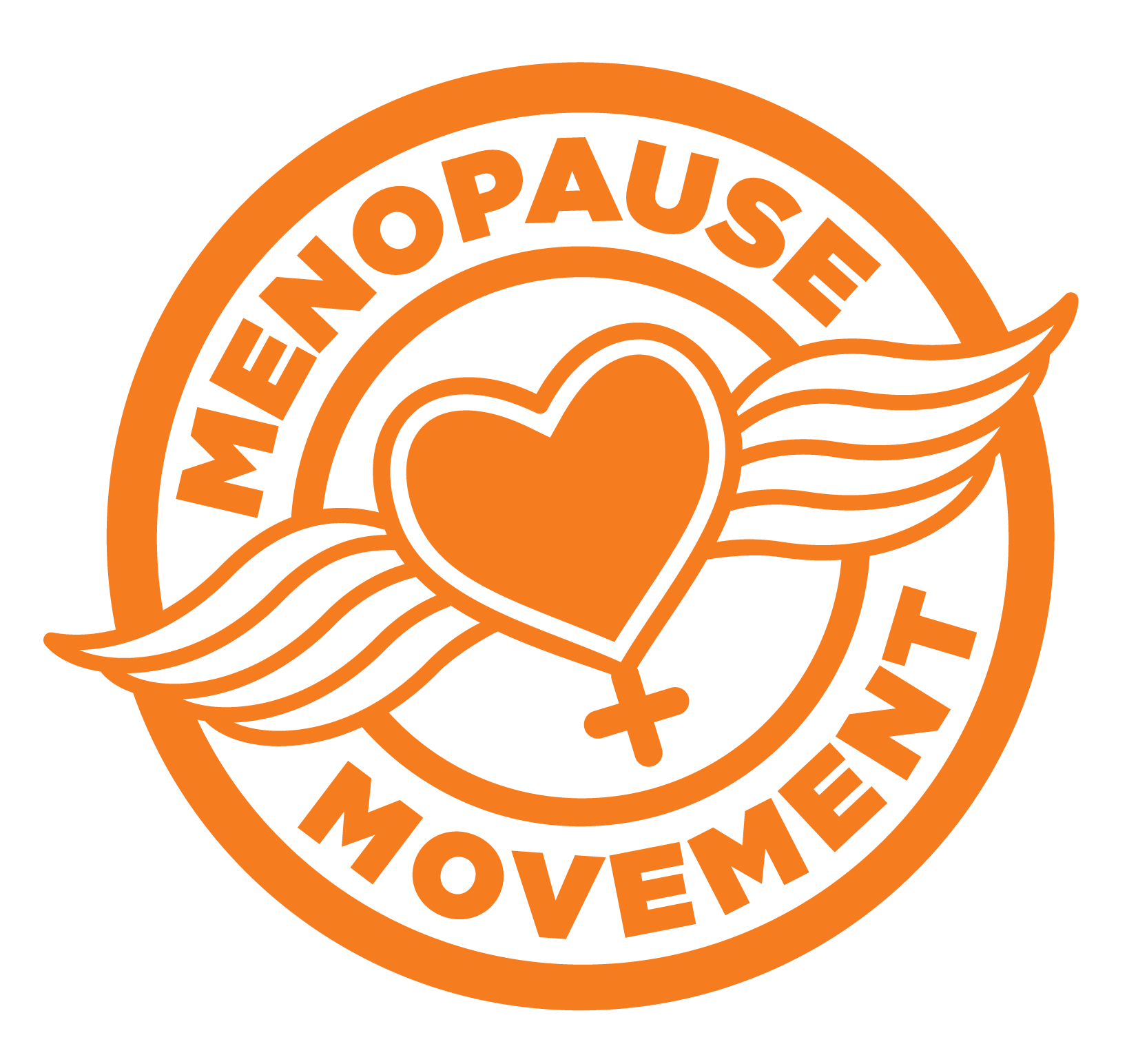Achieving Homeostasis Through Reflexology
A Reflexologist’s Perspective

In the world of reflexology, we often encounter clients who are seeking balance and harmony within their bodies. This quest for equilibrium is fundamentally tied to the concept of homeostasis. But what exactly is homeostasis, and how does reflexology play a role in maintaining this delicate balance?
Understanding Homeostasis
Homeostasis refers to the body’s ability to maintain a stable internal environment despite external changes. This involves a complex interplay of systems that regulate temperature, pH levels, hydration, and more. Essentially, homeostasis is the body’s way of ensuring that all systems function optimally, much like a finely tuned orchestra.
The Reflexologist’s Role
As reflexologists, our goal is to support the body’s natural ability to achieve and maintain homeostasis. We do this by applying pressure to specific points on the feet, hands, and ears, which correspond to various organs and systems within the body. These reflex points are believed to stimulate the body’s self-healing mechanisms and promote overall well-being.
How Reflexology Supports Homeostasis
- Stress Reduction: Stress is a major disruptor of homeostasis. Reflexology is known for its profound relaxation effects, which help reduce stress and its associated impacts on the body. By calming the nervous system, reflexology aids in lowering cortisol levels and promoting a state of calm, essential for homeostatic balance.
- Improved Circulation: Proper circulation is vital for homeostasis as it ensures that nutrients and oxygen are delivered to cells while waste products are removed efficiently. Reflexology can enhance blood flow, helping to nourish tissues and organs, and supporting the body’s natural detoxification processes.
- Boosting the Immune System: Reflexology is thought to stimulate the lymphatic system, which plays a crucial role in immune function. By promoting lymph flow, reflexology can help the body defend against infections and maintain a robust immune response.
- Balancing Hormones: Hormonal imbalances can significantly disrupt homeostasis. Reflexology targets specific points associated with the endocrine system, which can help regulate hormone production and balance. This is particularly beneficial for conditions such as thyroid disorders, adrenal fatigue, and reproductive health issues.
- Enhancing Sleep Quality: Adequate sleep is essential for homeostasis. Reflexology can promote better sleep by addressing imbalances that may cause insomnia or restless sleep. By supporting relaxation and reducing stress, clients often experience improved sleep patterns.
A Holistic Approach
Reflexology takes a holistic approach to health, recognising that the body’s systems are interconnected. By working on reflex points, reflexologists aim to restore balance and promote homeostasis throughout the entire body. This approach not only addresses physical ailments but also supports emotional and mental well-being, which are integral to maintaining homeostasis.
Conclusion
In our practice as reflexologists, we witness firsthand the profound effects of our work on the body’s ability to achieve and sustain homeostasis. By supporting the body’s natural healing processes, reflexology serves as a powerful tool for maintaining balance and promoting overall health. Whether you are seeking relief from specific health issues or looking to enhance your general well-being, reflexology offers a pathway to harmony within your body’s intricate systems.
Discover the transformative power of reflexology and join us in the journey towards achieving homeostasis and optimal health.
